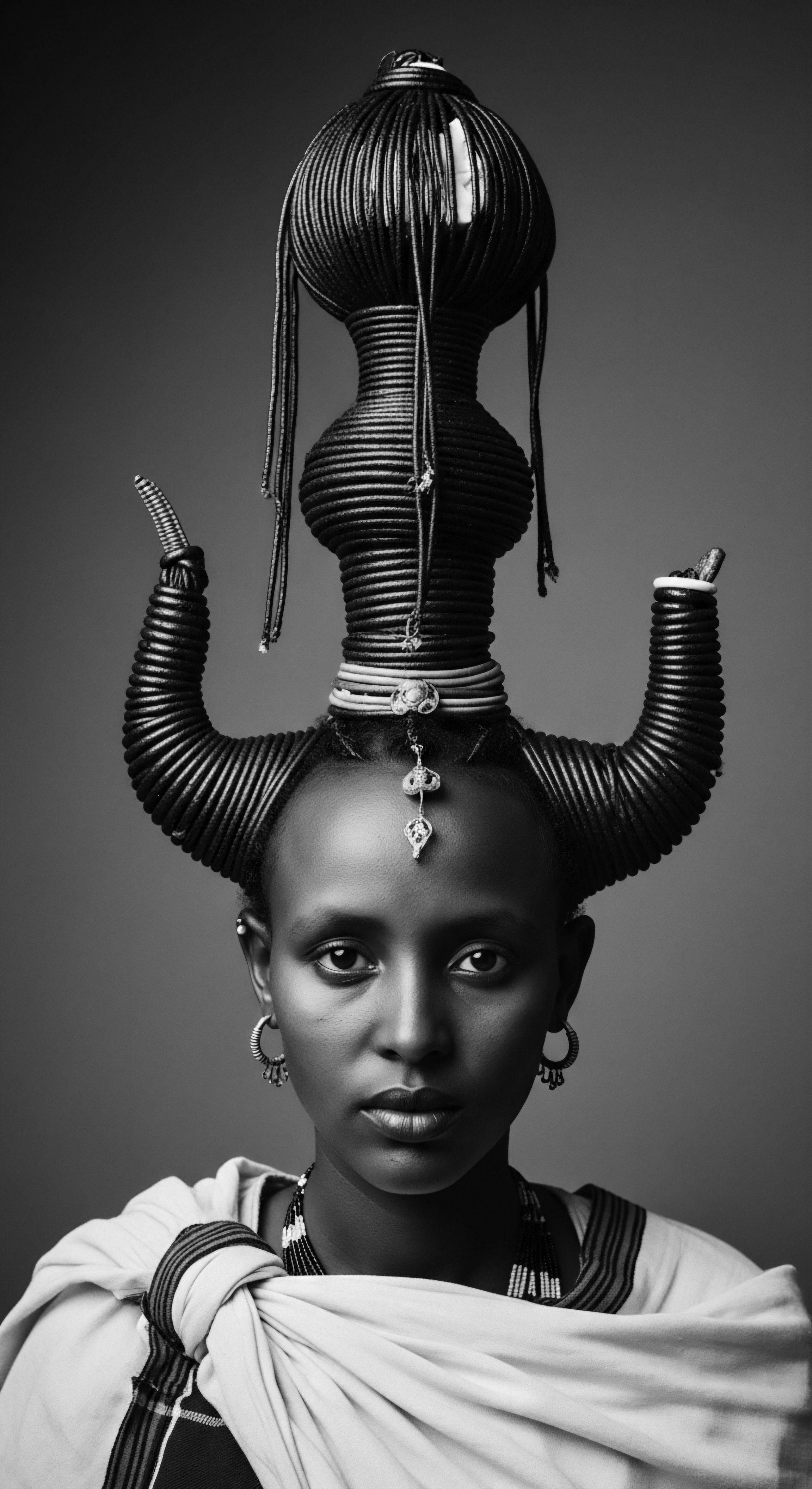
Roots
Consider for a moment the very strands that spring from a scalp, each a testament to stories untold, rhythms remembered, and a heritage pulsating with life. For those whose hair coils and bends, dances in patterns of astonishing variety, this connection to the physical self stretches far beyond superficial appearance. It is a lineage, a living chronicle spun from the rich soil of time and tradition, linking every unique head of hair to the collective spirit of ancestors. This intricate relationship, between textured hair and the shaping of contemporary identity, is not a recent discovery; it is a profound echo from the earliest human origins.
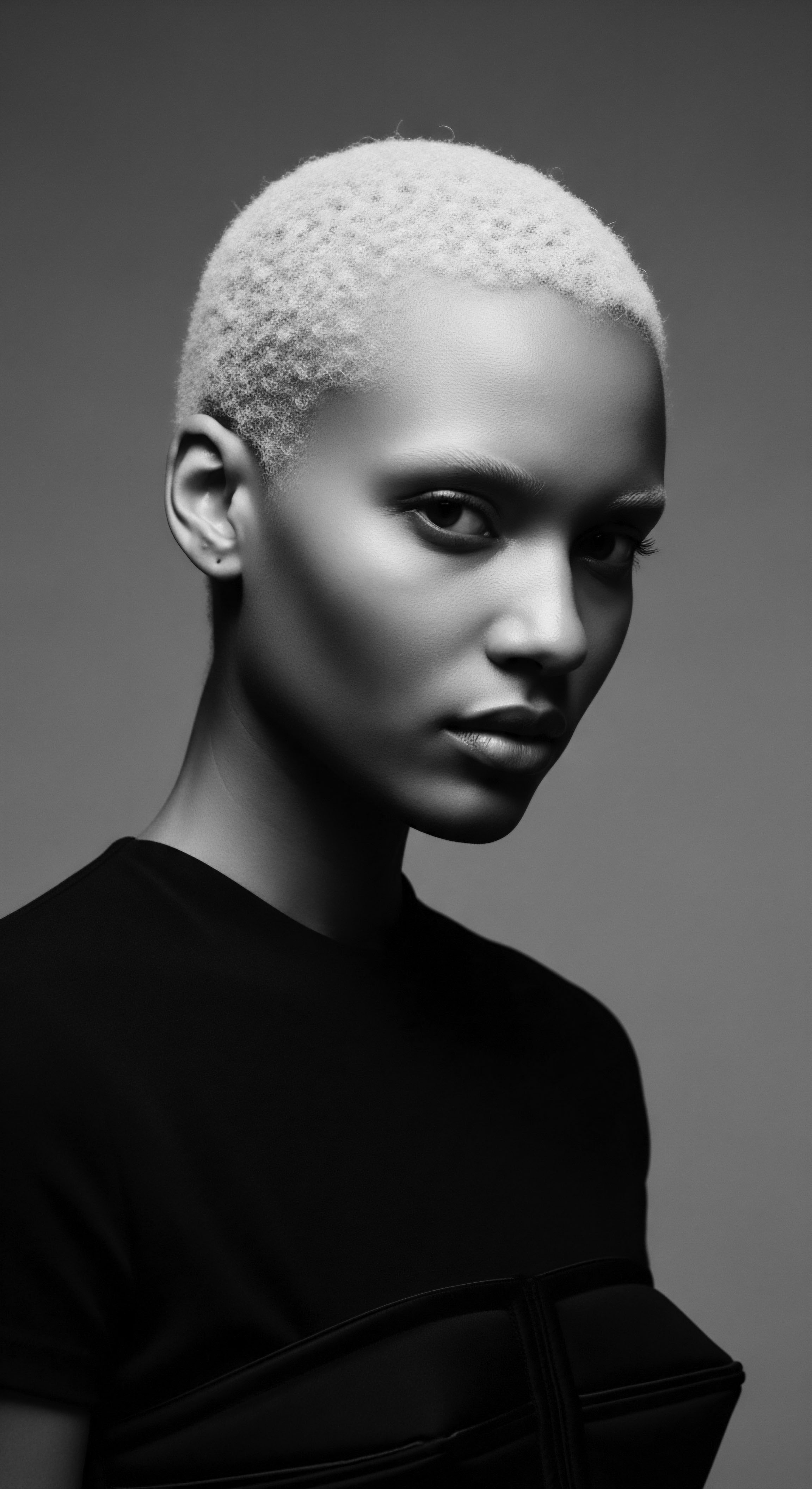
Echoes from the Source
The biological blueprint of textured hair speaks volumes, quite literally. Unlike straight hair, the elliptical cross-section of a coily strand and its unique follicular structure generate a spring-like curl, creating natural volume and distinct patterns. This architectural wonder of the hair shaft means that moisture travels differently, requiring specific approaches to care and maintenance.
From the earliest communities across the African continent, an intuitive understanding of these properties guided hair practices. The very structure of hair, therefore, informed ancient rituals and knowledge systems, shaping a heritage of care that honors its natural inclinations.
The very structure of coily hair, a biological marvel, implicitly guided ancient care traditions that respected its unique needs.
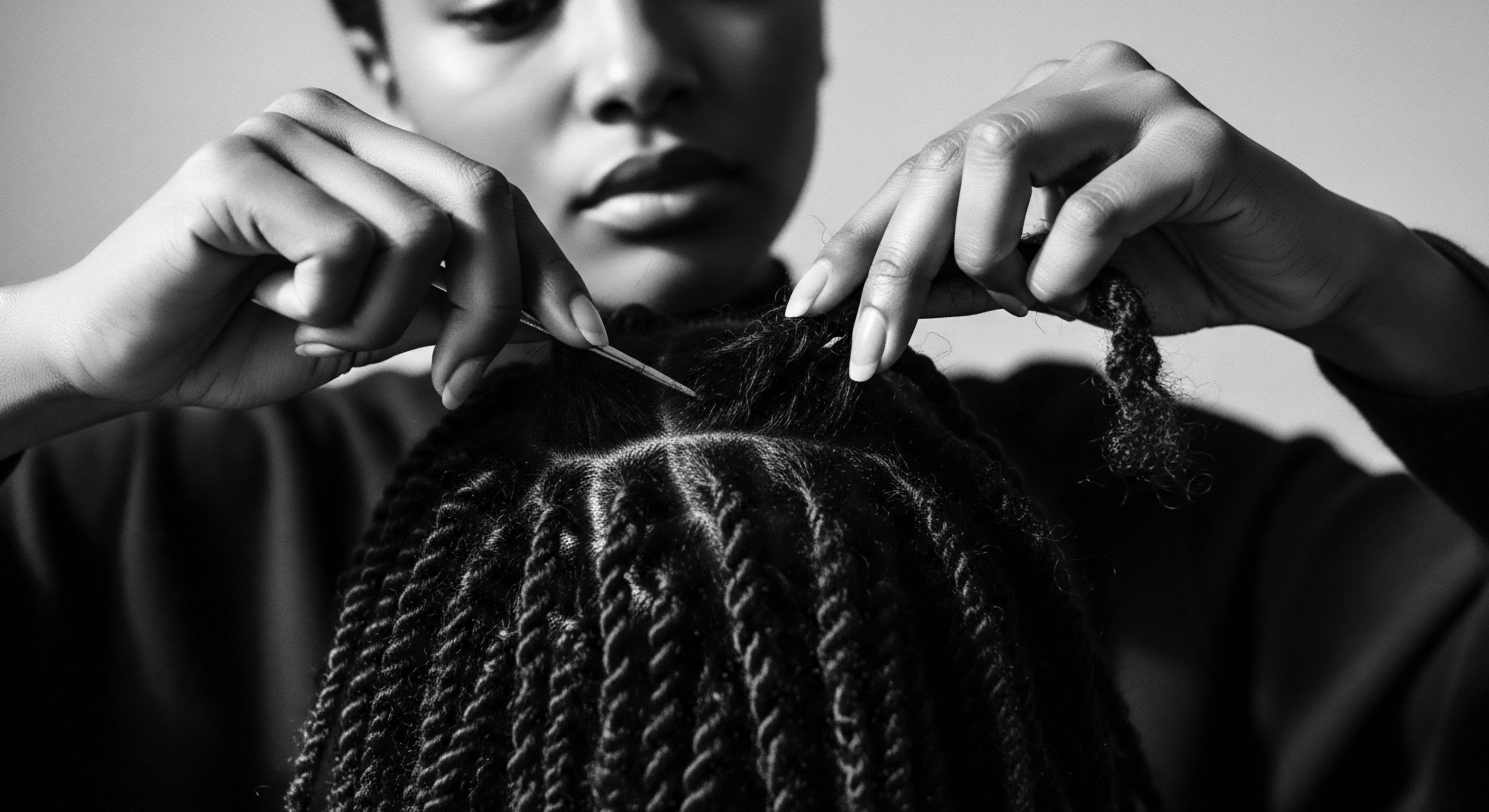
What Did Ancient Hair Practices Signify?
In pre-colonial African societies, hairstyles served as a visual language, a complex code understood across communities. A person’s hair communicated their age, marital status, social rank, ethnic group, and even spiritual beliefs. Hairstyles were not merely decorative elements; they were integral to cultural identity and social affiliation. Archaeological findings from ancient Egypt, the Kingdom of Kush, and various West African cultures show that hairstyles conveyed power, spirituality, and social unity.
The Yoruba people of Nigeria, for example, crafted highly complex hairstyles that denoted community roles. Their hair, especially braided styles, was considered the most elevated part of the body, a conduit for spiritual messages to deities. Women’s hair appearing “undone” could even signify depression or uncleanliness in some Nigerian contexts. This deep connection extended to daily life, with specific styles reserved for different life stages and occasions.
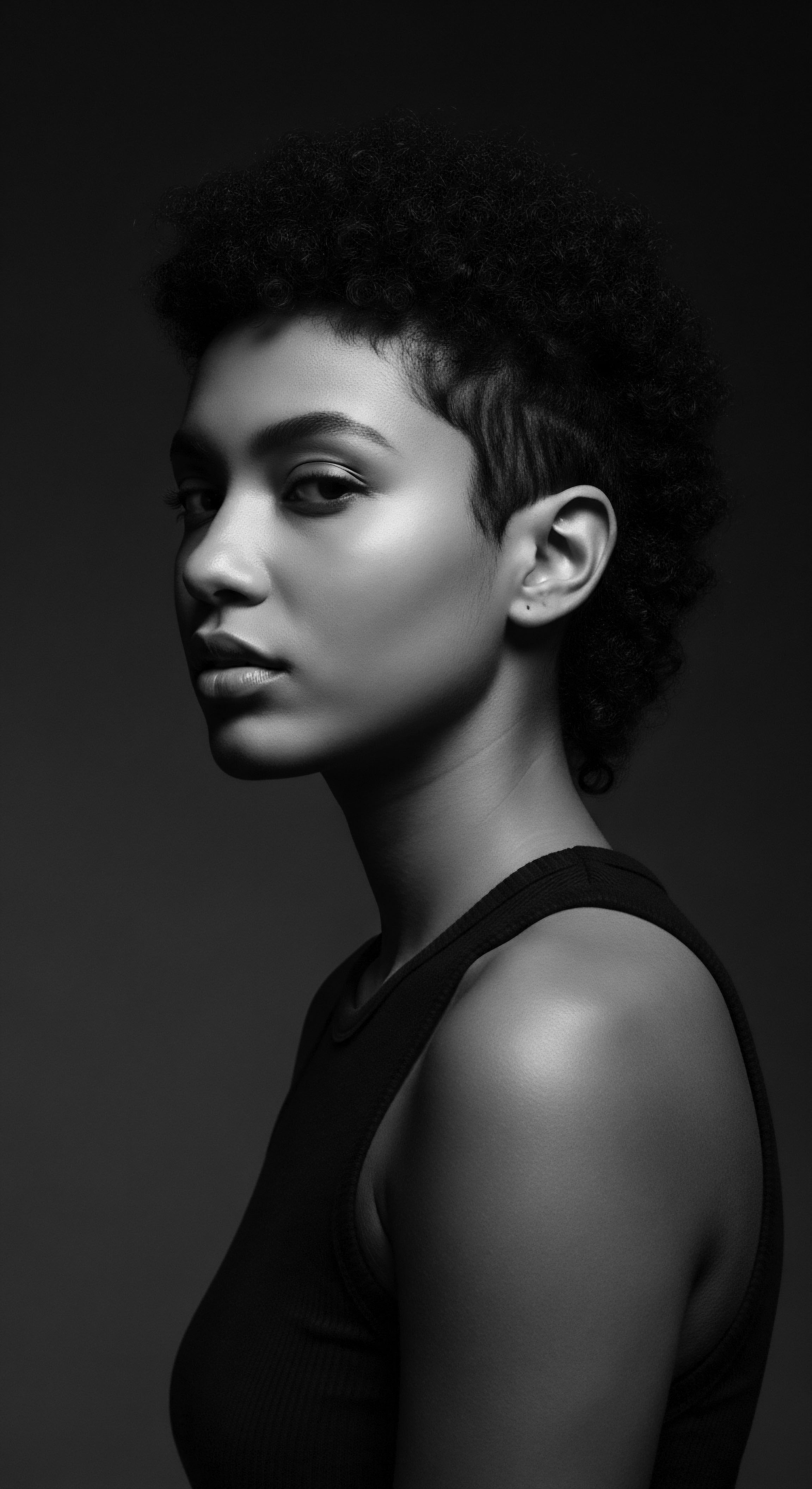
Hair as a Spiritual Conduit
Across many ancestral African cultures, hair was viewed as a spiritual antenna, its proximity to the heavens making it a pathway for divine connection. The Dogon people of Mali, known for their unique spiritual beliefs, integrated human hair into sacred masks used in funeral rites to guide souls to the afterlife. Their cosmology speaks of the Nommo twins, creator spirits with serpent-like lower bodies and flowing green hair, embodying the twinned aspects of the universe. This spiritual reverence for hair meant that its care was often imbued with ritual, a sacred practice extending beyond the physical realm.
| Ancestral Context Status ❉ Hairstyles marked social standing, wealth, or tribal roles in many African societies. |
| Modern Reflection Hair choices today express individual identity, though often confronting historical biases against natural textures. |
| Ancestral Context Spiritual Connection ❉ Hair as a link to deities, ancestors, or protective forces. |
| Modern Reflection For many, caring for textured hair is a mindful practice, a connection to ancestral self. |
| Ancestral Context Communication ❉ Styles conveyed messages about age, marital status, or life events. |
| Modern Reflection Hair becomes a statement of cultural pride, a visual assertion of belonging and heritage. |
| Ancestral Context The deep meanings once woven into ancestral hair remain, reinterpreting themselves in contemporary expressions of identity and heritage. |
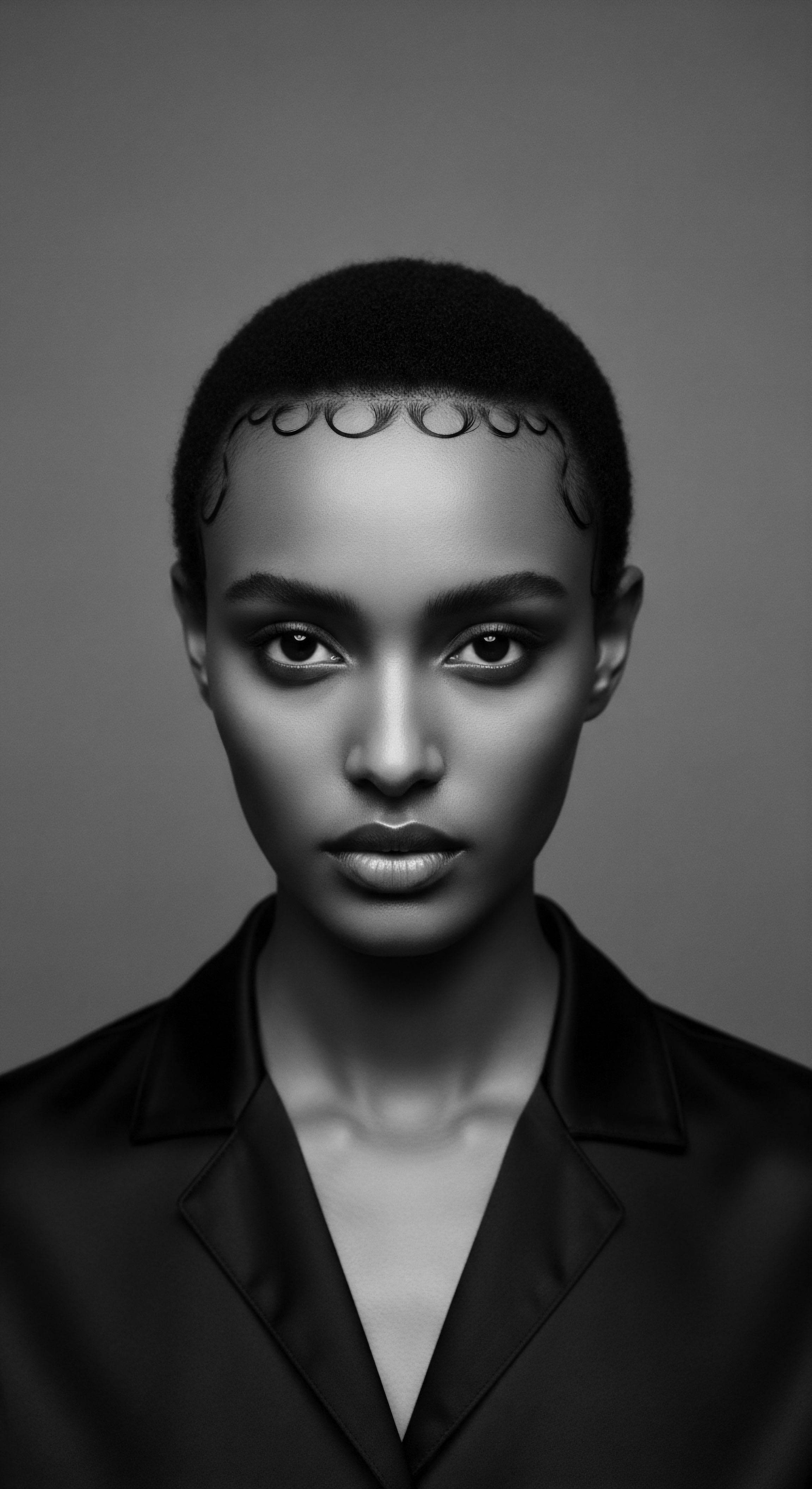
Ritual
The tenderness with which ancestral hands once sculpted hair was a language of care, a living tradition passed down through generations. These daily acts, often communal, were more than simple grooming; they were expressions of love, protection, and cultural continuity. The methods, tools, and ingredients employed in these rituals formed a core part of textured hair heritage, shaping practices that resonate deeply even today.

The Tender Thread
Traditional hair care was deeply intertwined with available natural resources. The Himba tribe in Namibia, for instance, a semi-nomadic people, developed a distinctive hair care routine using a paste called Otjize. This mixture of butterfat, ochre, and aromatic resin not only conditions and protects the hair from the harsh desert sun but also imparts a reddish hue, symbolizing connection to the earth and blood, the essence of life.
This communal practice involves close relatives spending hours creating complex, symbolic hairstyles, with thickness of braids often signifying fertility. An impressive 81% of Himba women attribute improved hair condition to their daily cleansing rituals, which incorporate cleansing herbs like marula or devil’s claw.
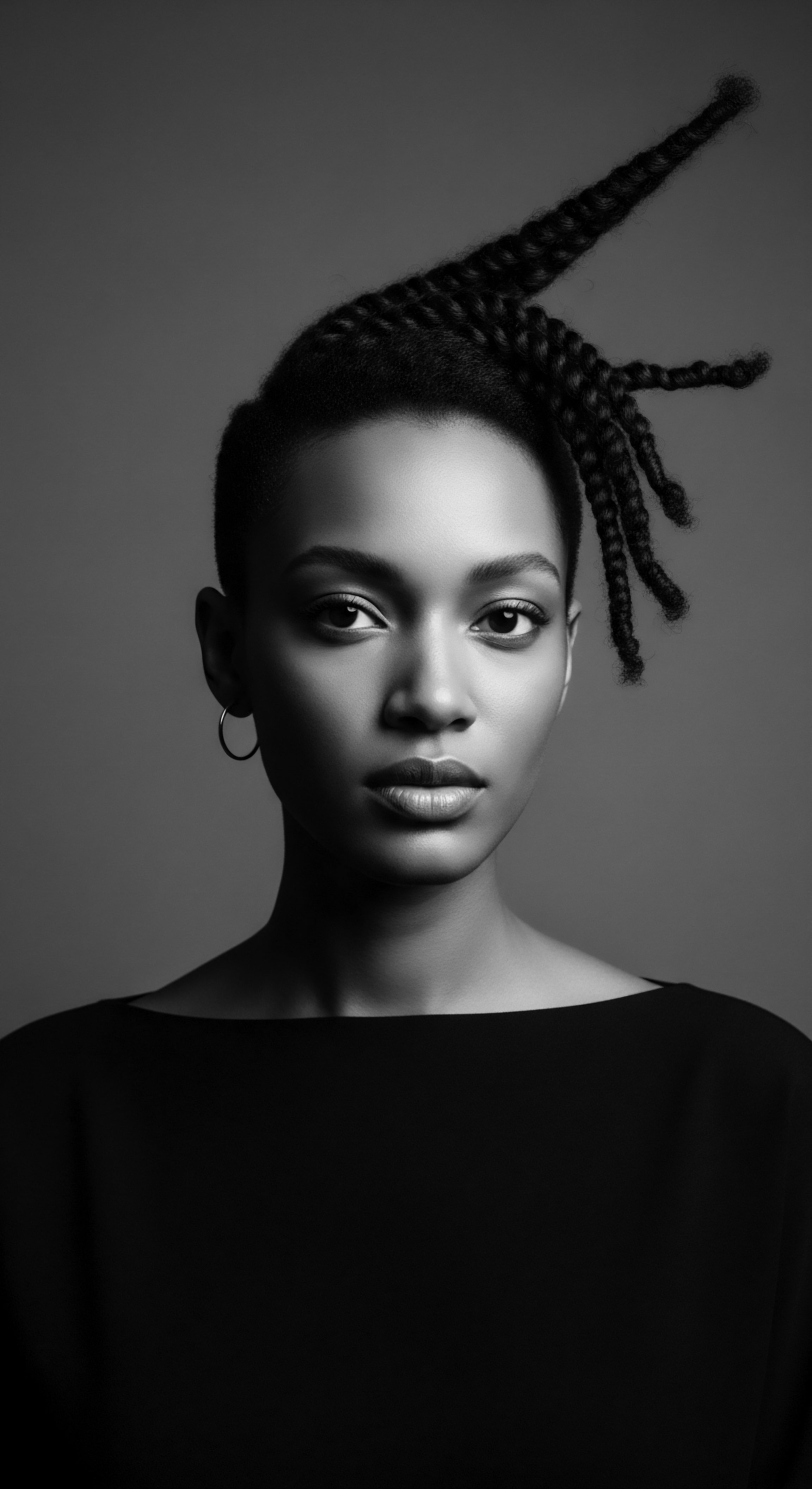
How Do Ancestral Hair Practices Influence Modern Care?
The methods of protecting hair from damage, preserving moisture, and promoting healthy growth have ancient origins. Braids, twists, and locs were not only aesthetic choices in pre-colonial Africa but also essential protective styles. These styles varied widely across ethnic groups, each carrying specific cultural meanings. The art of hairstyling was often passed down through generations, with techniques like cornrows, known as Irun Didi by the Yoruba and Isi Aka by the Igbo, evolving over centuries.
During the transatlantic slave trade, the significance of hair transformed, serving as a powerful tool of defiance and identity assertion. Enslaved Africans, stripped of their cultural markers, used hair as a silent but potent form of resistance. A striking historical example reveals how enslaved women, especially rice farmers, braided rice seeds into their hair as a means of survival and preservation of their homeland’s culture.
Further, cornrows were ingeniously employed to encode escape routes, with specific patterns and numbers of braids conveying secret messages and directions to freedom. This act of concealment within plain sight allowed individuals to carry their heritage and hope for liberation literally upon their heads.
Cornrows, beyond their beauty, functioned as a clandestine language of liberation during periods of captivity, mapping routes to freedom.
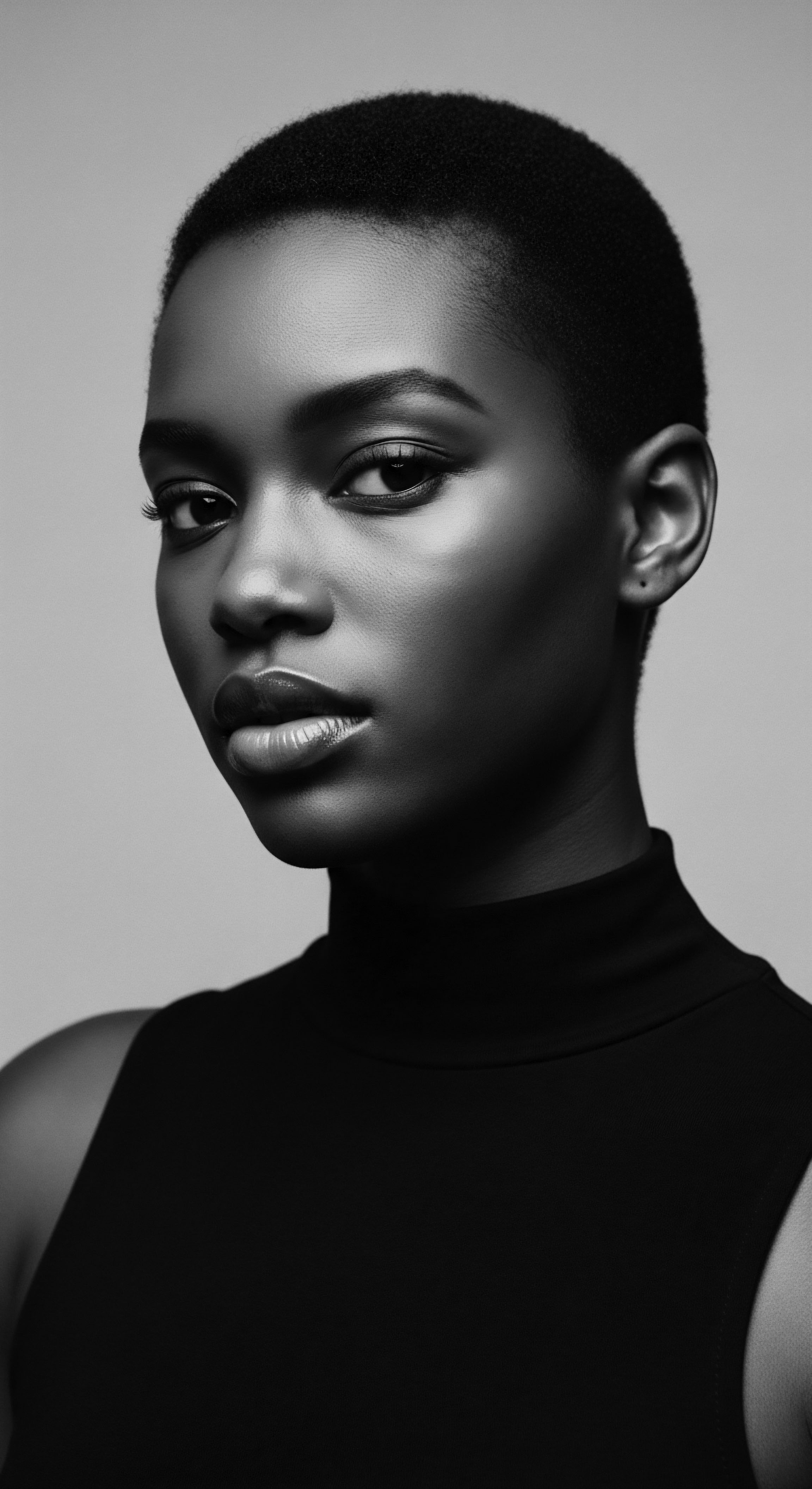
What Were Essential Care Rituals?
Ancient African hair care was a time-intensive ritual, often taking hours or even days to complete. It typically involved washing, combing, oiling, braiding or twisting, and adorning the hair with various elements. These sessions were not merely about hygiene or styling; they were cherished social opportunities, moments for bonding with family and friends, a tradition that persists in many communities today.
Traditional ingredients varied regionally, but common elements included:
- Shea Butter ❉ A deeply moisturizing and protective emollient used across West Africa.
- Palm Kernel Oil ❉ Used for conditioning and scalp health, especially by the Yoruba.
- Coconut Oil ❉ Valued for its penetrating properties and ability to add luster.
- Ochre ❉ Used by the Himba for color, sun protection, and conditioning.
- Herbs ❉ Various local plants, like marula or devil’s claw for the Himba, used for cleansing and scalp health.
These natural resources provided sustenance for hair, validating a heritage of care that prioritized harmonious interaction with the environment. The selection and application of these ingredients were acts of ancestral wisdom, understanding the unique needs of textured hair long before modern chemistry offered its own explanations.
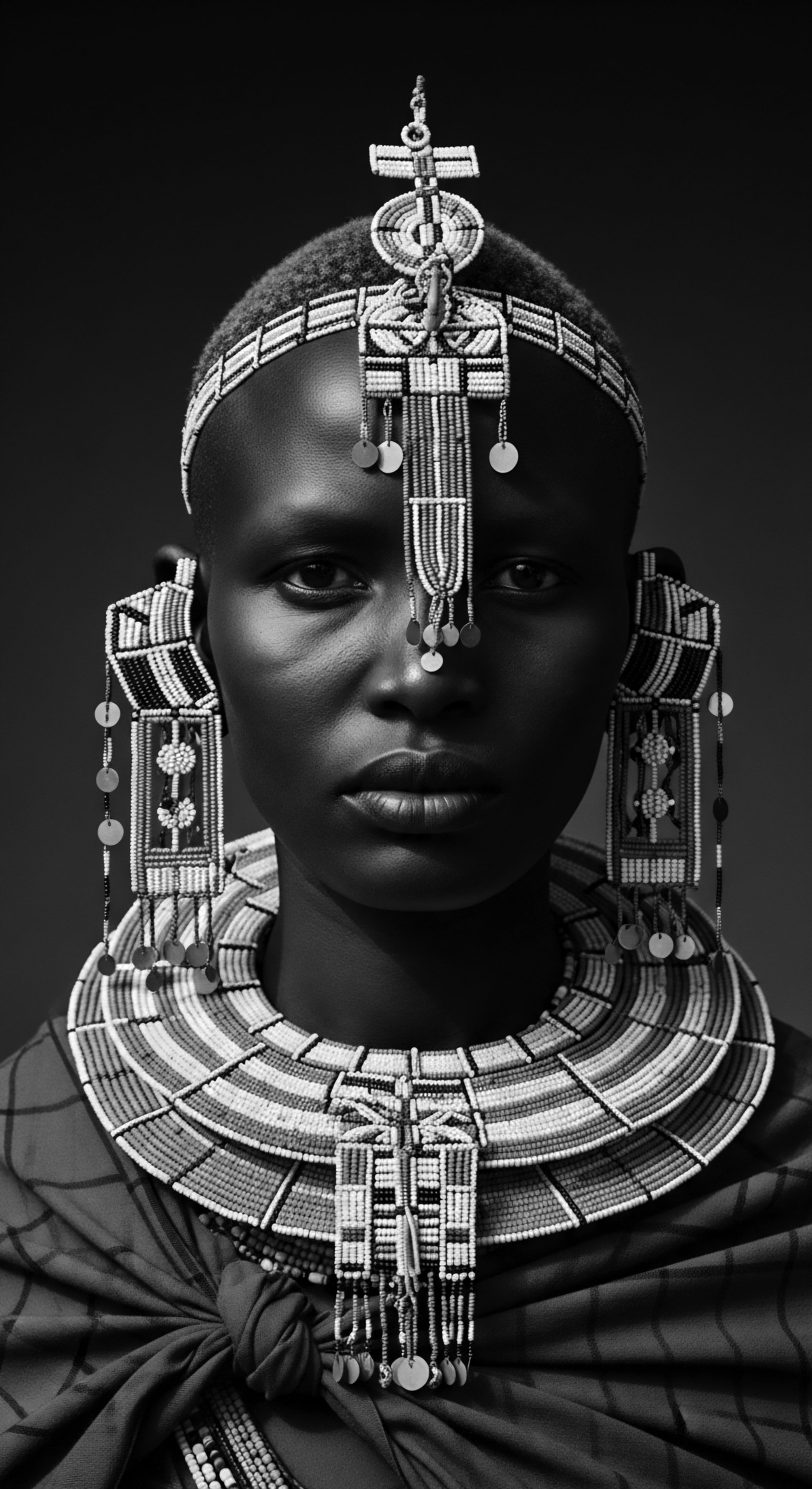
Relay
The legacy of ancestral hair practices extends into the contemporary landscape, shaping how individuals with textured hair perceive themselves, connect with their communities, and assert their presence in a world that has not always celebrated their natural crowns. This enduring connection represents a continuous dialogue between the past and the present, a powerful expression of identity and resilience that transcends time.
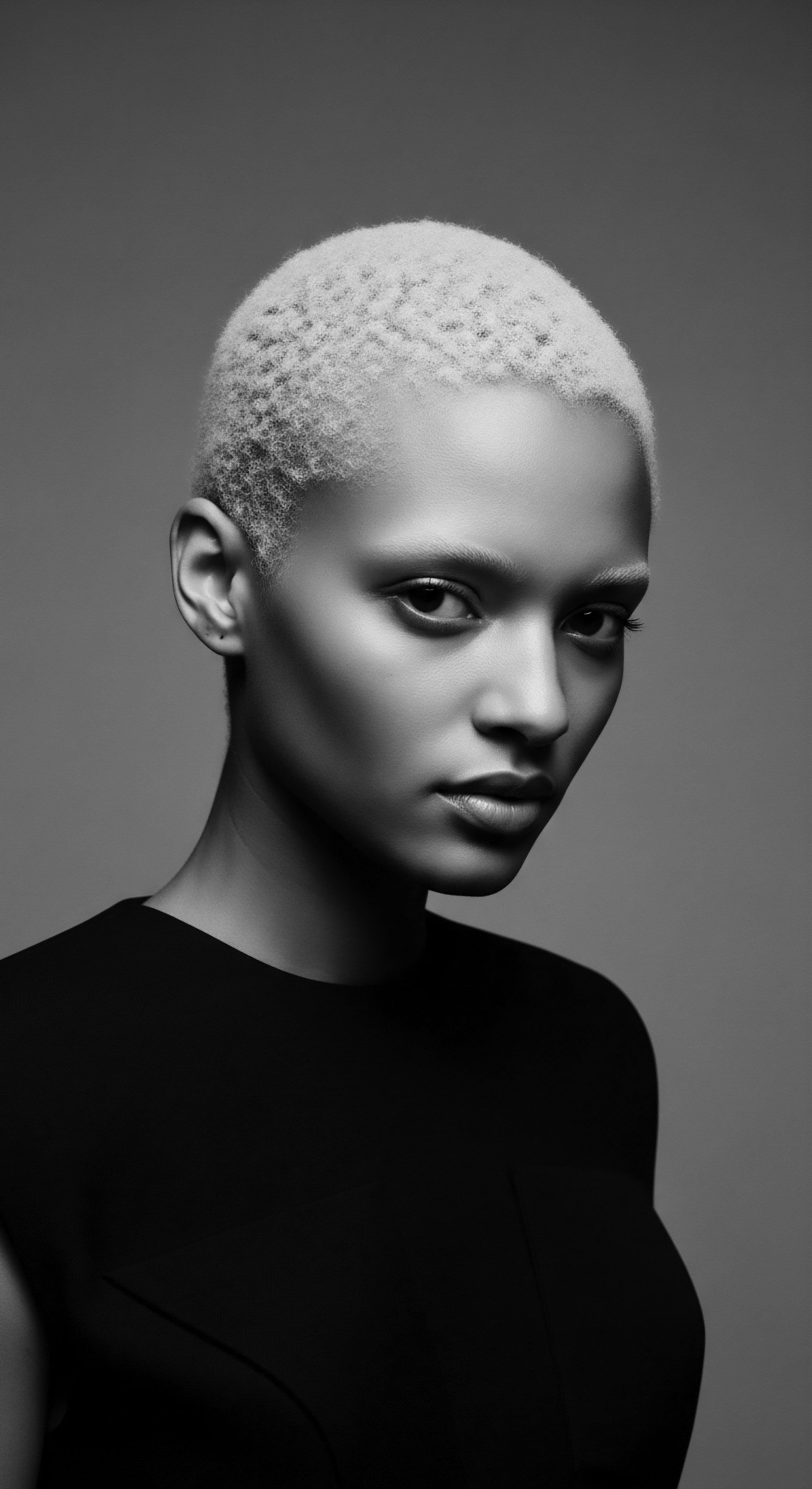
The Unbound Helix
The path for textured hair through history has been one of both celebration and challenge. Following the transatlantic slave trade, a period of intense cultural oppression ensued. The deliberate act of shaving the heads of enslaved individuals aimed to strip them of their identity and reduce them to mere commodities.
European beauty standards of straight hair were imposed, leading to the pathologizing of tightly coiled hair and the widespread use of harsh chemical relaxers to conform. This era, sometimes termed “the great oppression,” forced many to endure intense methods to straighten their hair, a struggle for acceptance within a Eurocentric society.
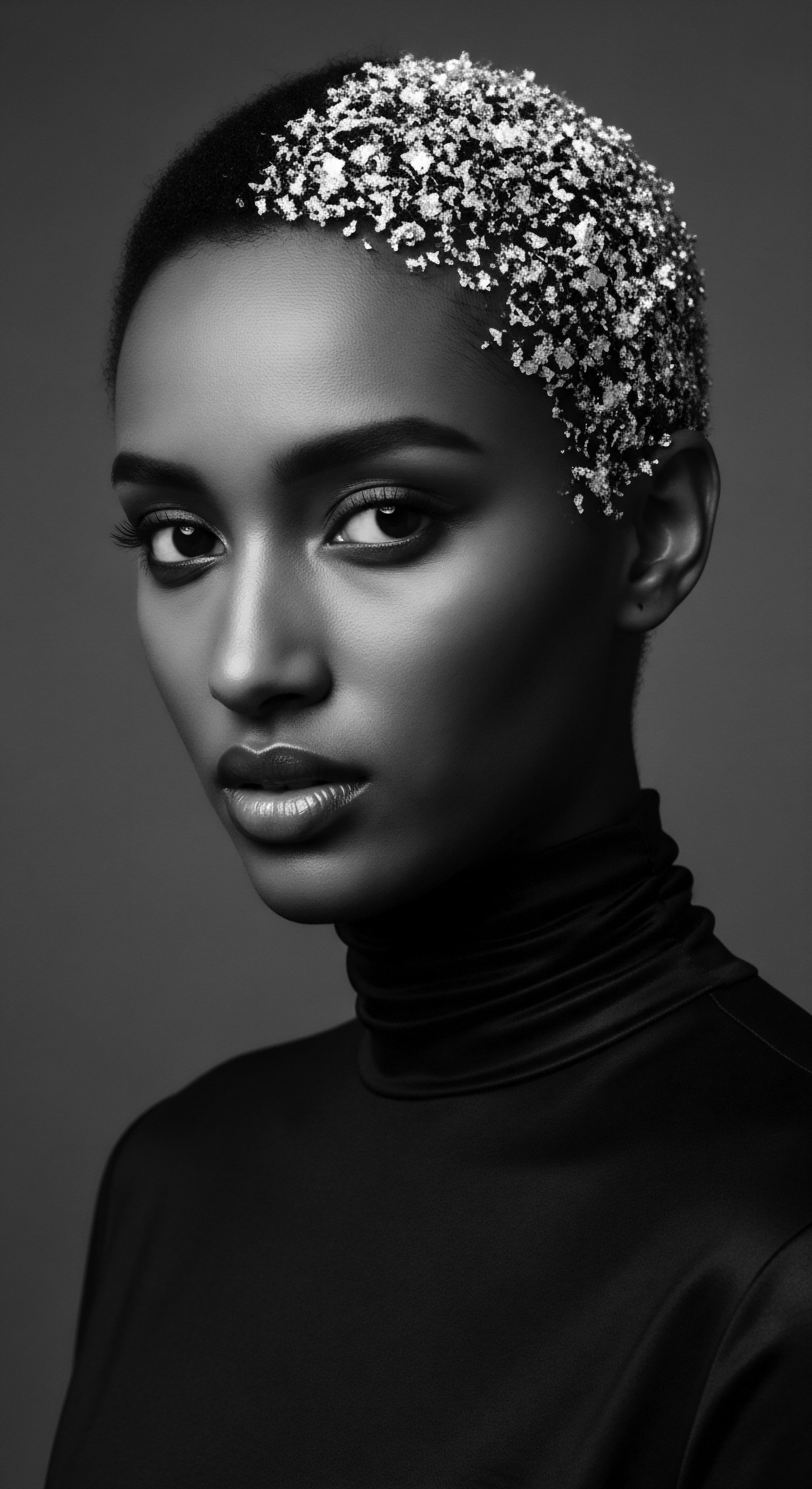
How Does Hair Signal Resistance and Pride?
Despite systematic attempts at cultural erasure, textured hair remained a profound symbol of identity and resistance. The Civil Rights Movement in the mid-1960s marked a significant turning point, with the rise of the Afro hairstyle. This natural, rounded style became a powerful symbol of Black pride and activism, a visual statement of embracing natural hair texture and rejecting imposed beauty norms.
Other traditional styles like cornrows and braids also regained prominence as expressions of African American identity. This cultural assertion extended into contemporary movements, where textured hair choices are seen as acts of decolonial political expression, displaying intentional differentiation from colonial beauty standards.
The political dimension of textured hair is evident in ongoing struggles. Policies in schools and workplaces often label natural styles like cornrows and locs as “unprofessional”. A recent example includes a Texas high school student, Darryl George, who was suspended for wearing locs, despite tying them up, highlighting persistent discrimination. Yet, individuals continue to wear these styles with pride, asserting their cultural heritage and challenging societal norms.
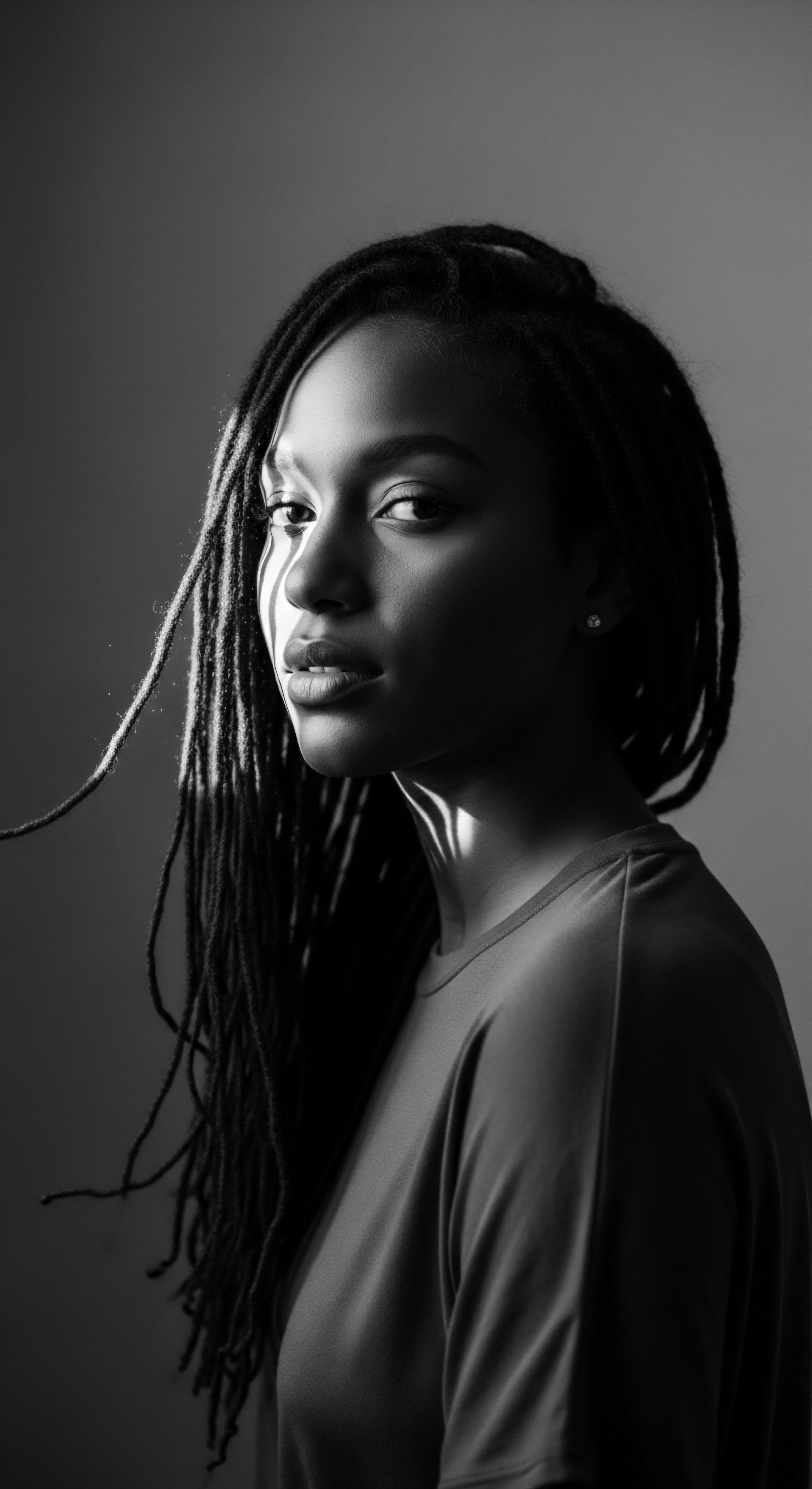
What Role Does Community Play?
The journey of textured hair, from ancestral rituals to modern expression, is deeply communal. Hair care was, and often remains, a shared experience, a social gathering where knowledge is exchanged and bonds are strengthened. This communal aspect finds new life in contemporary spaces such as “Afro festivals” and “natural hair expos” that have emerged globally.
These gatherings serve as platforms for education, community building, and a collective celebration of Black identity and beauty, inviting broader participation in a shared heritage. These events highlight a unified spirit, providing spaces for workshops, discussions on cultural identity, and networking among individuals with similar experiences.
The interplay between ancestral practices and modern identity:
- Revival of Traditional Techniques ❉ Contemporary stylists and enthusiasts are rediscovering and reinterpreting ancient braiding, twisting, and threading techniques, often blending them with modern aesthetics.
- Ingredient Consciousness ❉ There is a growing appreciation for natural ingredients, echoing ancestral wisdom in seeking plant-based oils, butters, and herbs for hair health.
- Holistic Wellbeing ❉ Modern hair wellness philosophies increasingly acknowledge the connection between hair health and overall holistic wellbeing, reflecting ancestral views of hair as a sacred part of the self.
- Symbolism in Modern Contexts ❉ Hairstyles continue to serve as powerful symbols of self-acceptance, cultural pride, and political statement, maintaining their communicative role from ancient times.
Textured hair, once a silent language of ancestral defiance, now boldly speaks volumes of modern identity, a proud declaration of cultural continuity.
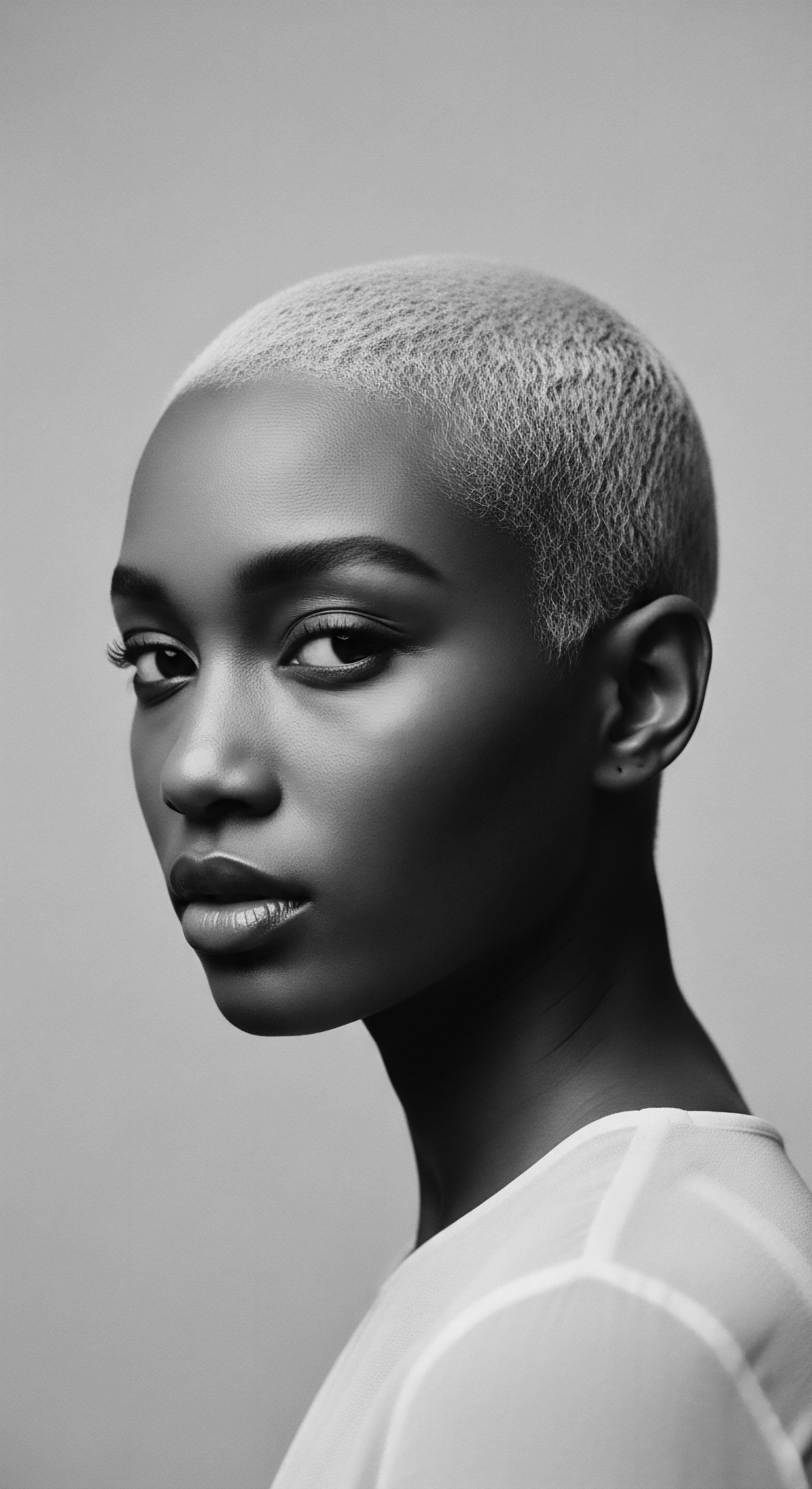
Reflection
As we trace the path of textured hair from its deepest biological roots to its vibrant expressions in the present day, we uncover a living legacy, a stream of heritage that flows through every coil and curve. It is a story not confined to history books or scientific diagrams, but rather etched into the very fibers of individual and collective being. Each protective style, every deliberate act of care, and certainly every choice to wear textured hair with authenticity, echoes the wisdom of those who came before. These are not merely practices; they are enduring traditions, acts of profound self-respect and cultural preservation.
The “Soul of a Strand” is indeed this — the recognition that hair is a deeply personal archive, a connection to a rich past, and a powerful instrument for shaping the future. It is a testament to resilience, an undeniable source of beauty, and a continuing declaration of identity, constantly evolving yet forever rooted in ancestral ground.
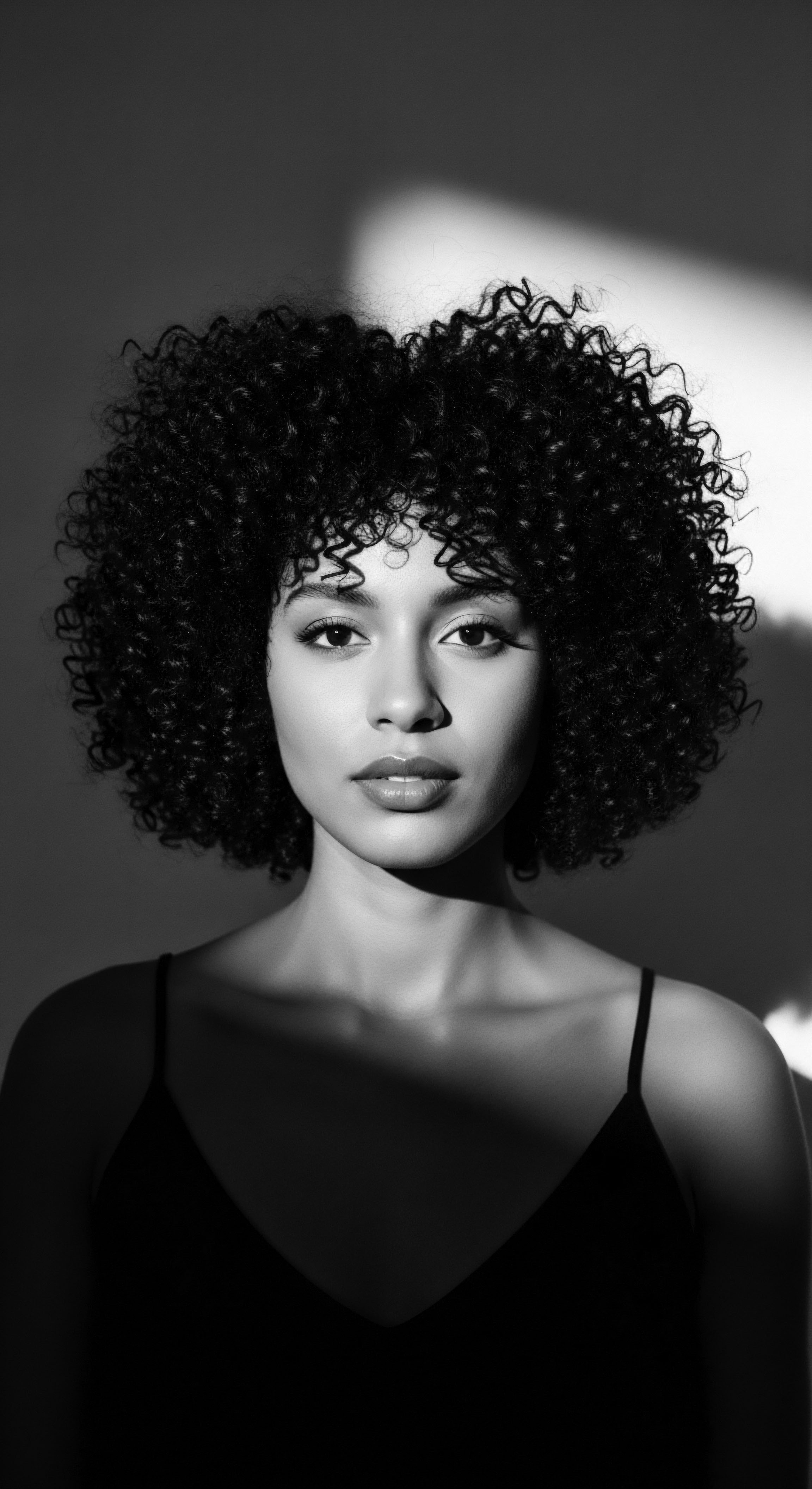
References
- Afriklens. (2024). African Hairstyles ❉ Cultural Significance and Legacy.
- BLAM UK CIC. (2022). The history of Black Hair.
- The Carolinian Newspaper. (2025). How Cornrows May Have Helped Free Slaves Navigate.
- The Gale Review. (2021). African Hairstyles – The “Dreaded” Colonial Legacy.
- NativeMag. (2020). Examining the history and value of African hair.
- Khumbula. (2024). A Crowning Glory ❉ Hair as History, Identity, and Ritual.
- INFRINGE. (n.d.). Himba Hair Rituals.
- Alkebulan Mojo. (2025). The Enigmatic Hair Rituals of the Himba Tribe ❉ Unlocking the Secrets to Long, Luscious Locks.
- Turkana Wildlife Safaris. (2024). Exploring the Significance of African Religious Art.
- DiscoverYorùbá!. (2024). 7 Beautiful Traditional Yoruba Hairstyles – Irun Dídì Ni Ayé Àtijọ́.
- Hofstra University Museum. (n.d.). JPMorgan Chase Art Travelers through Time ❉ Literacy and History through Art.
- Assendelft. (n.d.). Pre-Colonial African Hairstyles ❉ A Journey Through Time and Culture.
- The Lovepost. (2021). Hair power ❉ exploring the history and meaning of hairstyles across the globe.
- Smith Scholarworks. (n.d.). The natural hair transformation ❉ a journey of resilience and resistance.
- BBC News. (2015). How does black hair reflect black history?
